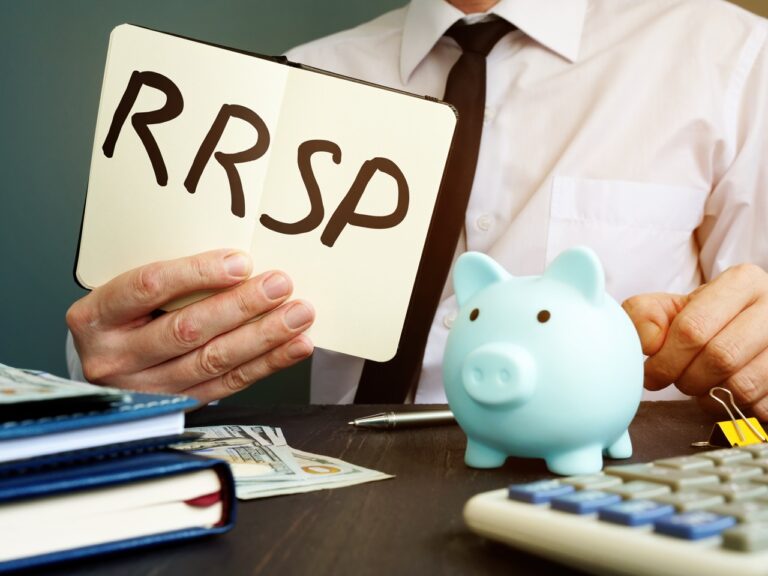For many Canadians, an RRSP (Registered Retirement Savings Plan) is one of the most valuable tools for building long-term financial security. But with rising mortgage payments and higher interest rates, some homeowners are wondering: should you withdraw from your RRSP to pay down or pay off your mortgage?
It’s an understandable question. After all, using your retirement savings to reduce debt can sound appealing, especially if the thought of being mortgage-free is on your mind. But before you make that decision, it’s important to understand the full picture—including the tax consequences, the impact on your retirement, and whether there might be better ways to reduce your payments.
The Pros of Using RRSP Funds to Pay Off Your Mortgage
While it’s not common financial advice, there are some potential benefits to tapping into your RRSP for mortgage repayment:
- Immediate Debt Reduction – Withdrawing a large sum could significantly lower your principal balance, which means paying less interest over time.
- Psychological Relief – For some, being mortgage-free provides a sense of security and peace of mind, even if it comes at a cost.
- Interest Rate Comparison – If your mortgage rate is much higher than what you expect to earn on your RRSP investments, paying down your mortgage could technically provide a better return—though this is often a short-term perspective.
The Cons of Withdrawing from Your RRSP
While the idea of paying off your mortgage faster is appealing, the drawbacks of withdrawing from your RRSP can be significant:
- Tax Penalties – RRSP withdrawals are considered taxable income in the year you take them out. The amount you withdraw will be added to your annual income, potentially pushing you into a higher tax bracket.
- Withholding Tax – Financial institutions must withhold a portion of your withdrawal for taxes immediately—anywhere from 10% to 30%—and you may still owe more when you file your return.
- Permanent Loss of Contribution Room – Once you withdraw from your RRSP (outside of programs like the Home Buyers’ Plan), you permanently lose that contribution room. You can’t put the money back in later.
- Reduced Retirement Savings – The money you take out now will no longer grow tax-deferred in your RRSP, which can have a major impact on your future retirement income.
Why You Might Be Better Off Refinancing Instead
If your main goal is to reduce mortgage costs, there may be a better option: finding a lower interest rate or better terms for your mortgage. By working with a mortgage broker, you can:
- Access rates from multiple lenders instead of just your current bank.
- Restructure your mortgage to improve cash flow.
- Consolidate other debts into your mortgage at a lower rate.
A small change in your mortgage rate can make a big difference in your monthly payment. Use our Mortgage Calculator to see how a better rate could help you save—without dipping into your retirement savings.
The Bottom Line
Thinking about creative ways to reduce your mortgage costs is smart financial thinking. However, using your RRSP to pay down your mortgage often comes with steep tax penalties and long-term consequences for your retirement savings.
Instead, consider working with an experienced mortgage broker who can explore refinancing options, secure better rates, and help you save money while keeping your retirement plan intact.
If you’re ready to see how much you could save, contact The Local Broker today and let’s find the right solution for your mortgage.
